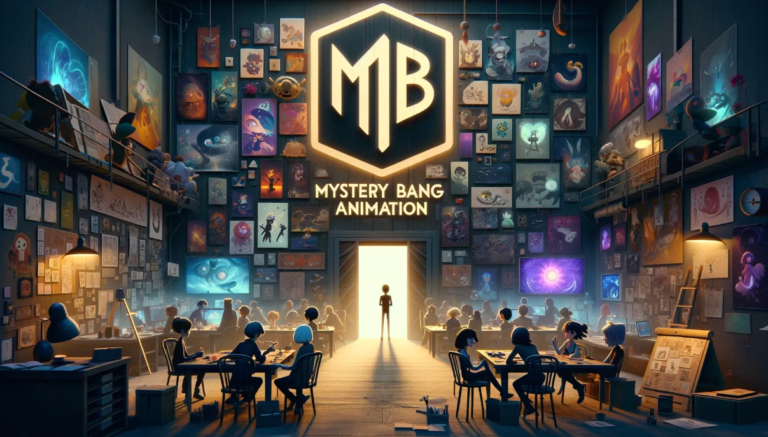In the ever-evolving landscape of pharmaceuticals, the discontinuation of a medication often raises eyebrows and sparks curiosity. Among the medications that have undergone this fate, Doxepin, a tricyclic antidepressant, has found itself in the spotlight. This article delves into the intricate details surrounding the question that echoes through the medical community: “Why is Doxepin Discontinued?”
The Rise and Fall: A Historical Perspective
1960s: A New Contender in Psychiatry
Doxepin made its debut in the 1960s, a period marked by significant advancements in psychopharmacology. Developed as a tricyclic antidepressant, Doxepin entered the pharmaceutical scene as a potential solution for treating mood disorders. The 1960s was a pivotal era where researchers and clinicians were exploring novel pharmacological approaches to address mental health challenges.
The Golden Era
Widespread Use and Efficacy
In its prime, Doxepin gained widespread recognition and use. Prescribed by psychiatrists and healthcare professionals, it demonstrated efficacy in alleviating symptoms associated with various mental health conditions, particularly depression and anxiety. The drug became a staple in the treatment protocols for mood disorders, contributing to its prominence during this golden era.
The Decline: Unraveling the Reasons
Shifting Treatment Paradigms
- Advancements in Antidepressant Therapies: The Dawn of SSRIsThe pharmaceutical landscape experienced a paradigm shift with the emergence of Selective Serotonin Reuptake Inhibitors (SSRIs). Medications like Prozac and Zoloft, belonging to this newer class, presented advantages such as improved tolerability and a reduced side effect profile compared to tricyclic antidepressants like Doxepin. This shift marked a turning point in the treatment of mood disorders.
- Safety Concerns: Anticholinergic Effects and BeyondTricyclic antidepressants, including Doxepin, were associated with anticholinergic effects. These effects, such as dry mouth, blurred vision, and constipation, raised safety concerns among healthcare professionals. The medical community’s increasing emphasis on patient safety prompted a reevaluation of the use of tricyclic antidepressants in favor of safer alternatives.
Market Dynamics and Generic Competition
- Generic Inroads: Economic PressuresAs Doxepin’s patent expired, generic versions flooded the pharmaceutical market. Generic medications are typically more cost-effective, posing economic challenges to the continued dominance of the brand-name drug. This economic pressure influenced prescribing patterns and contributed to a decline in the market share of Doxepin.
- Shifting Prescribing Patterns: The Influence of Payer FormulariesInsurance formularies began favoring newer and more cost-effective antidepressants, creating a cascade effect on prescribing patterns. Doxepin, facing competition from both generics and newer medications, saw a reduction in its prescription rates. The influence of payer formularies became a significant factor in the pharmaceutical landscape.
The Aftermath: Impact on Patients and Healthcare
Patient Transition and Alternative Therapies
- Guiding Patients Through TransitionThe discontinuation of Doxepin necessitated a careful transition for patients who were previously prescribed the medication. Healthcare providers played a crucial role in guiding individuals through this process, considering factors such as individual patient response and potential side effects associated with transitioning to alternative antidepressant therapies.
- Wider Access to Novel Treatments: A Silver LiningDespite the challenges posed by the discontinuation of Doxepin, it opened doors to explore and adopt newer antidepressant therapies with improved safety profiles and mechanisms of action. Patients gained access to a broader range of options for managing their mental health, representing a positive outcome amid the changes in the pharmaceutical landscape.
Conclusion
The rise and fall of Doxepin exemplify the dynamic nature of the pharmaceutical industry, influenced by scientific advancements, safety considerations, economic pressures, and shifting treatment paradigms. While Doxepin’s historical significance is undeniable, its story serves as a reflection of the ongoing quest for more effective and safer treatments in the field of mental health. The legacy of Doxepin persists, contributing to the broader narrative of progress and evolution in psychiatric therapeutics.



